Below, we have some of the best orbital sanders available in the UK right now. Whether you are a professional window restorer, painter and decorator or a hobbyist that wants the very best, these sanders have you covered.
We also have a guide to orbital sanders and every type of sander available. You see, while orbital sanders are great, and you’ll love using them for a host of tasks, one sander cannot fulfil all of your sanding needs.
So, here’s a complete guide to sanders and some of our favourite sanders to use.
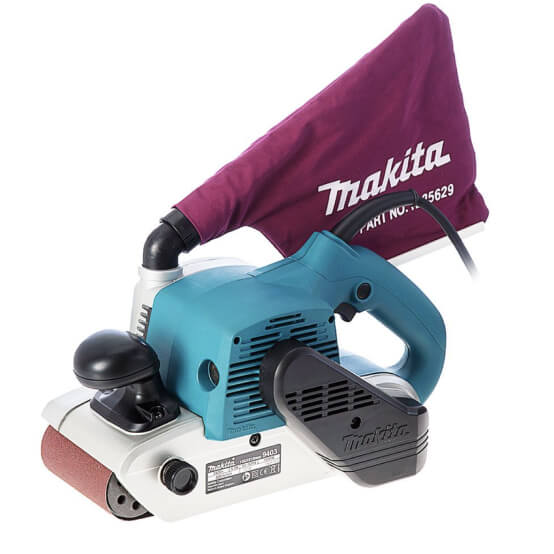
These are excellent sanders for heavy stock removal and can even be used for flattening wood in a pinch. These are highly aggressive sanders, so even with care, they can’t really be used for finishing tasks, unless you are applying a lot of paint over the surface.
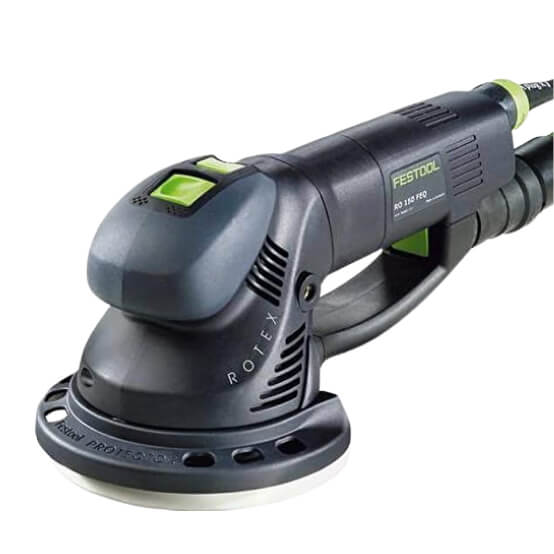
The general-purpose, all-round sander that helps in every DIY project when you need to sand something. Most pros and hobbyists reach for their random orbital sander more than any other, and you likely will too.
They can be used for finishing work and removing varnish and paint, so they are a brilliant sander to have around.
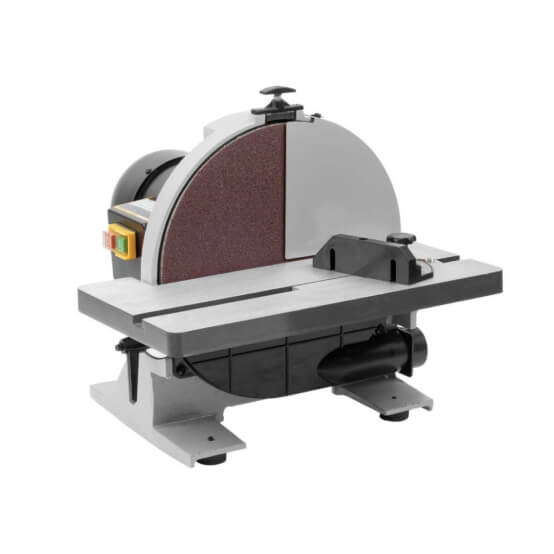
Disc sanders are extremely aggressive. They remove lots of material very quickly. Disc sanders are much like belt sanders.
They remove tonnes of material and can be really handy for stripping paint and varnish, but don’t leave the best finish.

Finishing sanders come in a few forms. Some random orbital sanders are considered finish sanders because they have a very small scratch pattern. General use random orbital sanders have a 5mm scratch pattern.
Finishing random orbital sanders have a 3mm scratch pattern which is almost invisible. There are also sheet sanders that are great for finishing.
You use this sander in the direction of the wood grain so that the tiny scratches left behind blend in and are impossible to see.

Most pros and hobbyists reach for their random orbital sander more than any other, and you likely will too.
An orbital sander operates in a circular motion, enabling the removal of a significant amount of material in a single pass. This aggressive motion is specifically designed for such purposes. Orbital sanders are highly effective in stripping away heavy build-ups of varnish or paint, but they tend to leave behind deep scratches that need to be addressed either manually or by using another type of sander.
If you’re looking for a sander that can do everything, an orbital sander probably isn’t the best way to go. The scratches that an orbital sander leaves are very noticeable, so they are used for initial surface preparation when you need to remove a lot of material.
A random orbital sander also operates in a circular motion, but it incorporates a tight orbital pattern as well. The combination of these two movements results in a random scratch pattern, as the name suggests. The random orbital sander’s movements run in varying directions, overlap, and intersect, making the sanding pattern extremely difficult to detect.
Thus, random orbital sanders are not only suitable for finishing work but also perform well in certain varnish or paint removal tasks. If the paint or varnish layer isn’t excessively thick, a random orbital sander can be employed to swiftly remove it. You can then continue using the same sander and progress through various grits to eliminate any scratches, leaving your project smooth and prepared for the final finish.
The majority of woodworkers, DIY enthusiasts, and professionals often choose a random orbital sander as their first purchase due to its versatility and usefulness. These sanders are applicable to nearly every project, making them an incredibly handy tool to have at your disposal.
The ideal approach to using an orbital sander is to proceed with caution!
These sanders are capable of removing a substantial amount of material rapidly, so when using them to strip paint or varnish, it’s crucial to keep the sander in motion and remain attentive to the task at hand. They can swiftly expose bare wood or plaster, and any sanding on such surfaces may create an uneven texture.
Mastering the use of an orbital sander requires practice.
If you’re not confident in your sanding abilities, it’s advisable to start with a finer grit, such as 120 grit, for instance.
This will help prevent excessive material removal and provide you with greater control. As you become more familiar with the sander, you can transition to coarser grits, which will expedite the material removal process.
In woodworking, painting, and decorating projects, numerous sanding tasks can be accomplished by hand. However, there are times when using a sander is more efficient and time-saving.
Here are a few instances where a sander can help expedite the process and save you valuable time:


If you sand skirting boards before you paint, a sander can make this process much quicker.
A sheet sander will work amazingly here if there isn’t much material to remove.
If there is, though, a random orbital sander with a rough grit will be the way to go.
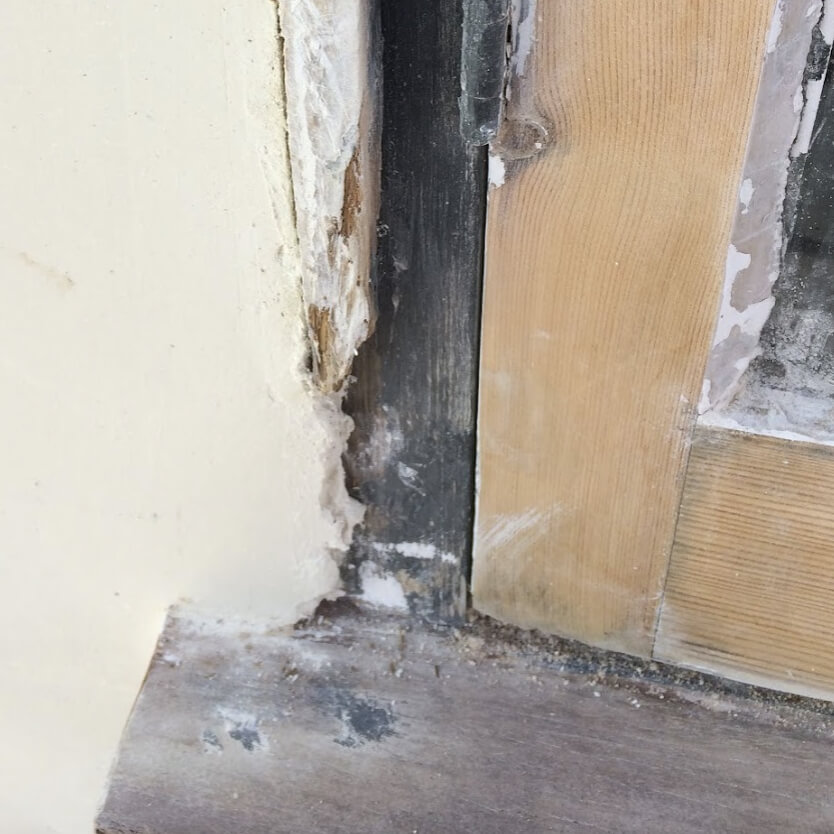
Old wooden windows can have hundreds of years of paint, so using a sander to remove this paint is an absolute must! Removing this paint by hand would take forever, and chemicals may damage the precious wood underneath.
We also lean to our favourite random orbital sander for this task. However, a belt sander may be considered here if there is an extremely heavy build-up of paint on the windows.

A sander is one of the most used tools for fine furniture making and cabinetry. With a sander, you can tidy up joints, remove excess glue and prepare surfaces for the finish.
Most furniture makers will lean towards a random orbital sander for most of their sanding needs, but many will use a finish sander to prepare their beautiful pieces for varnish or paint.

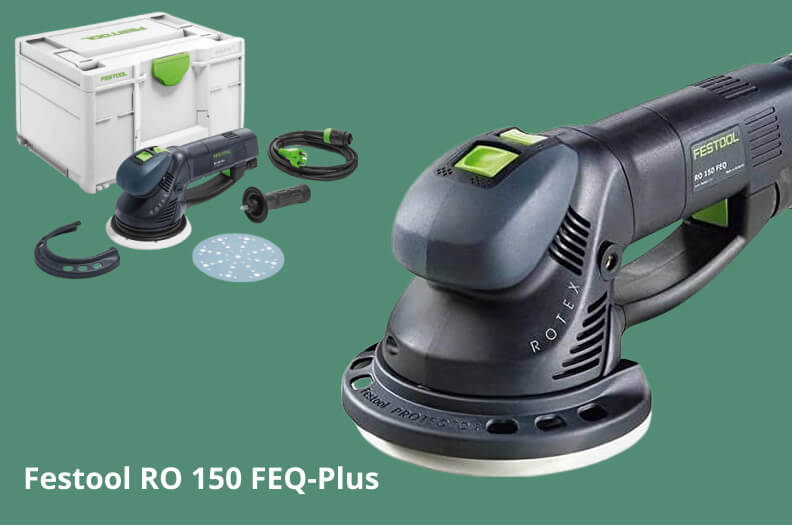
The Festool Rotex sander is probably the most coveted in the world. Any woodworker of any level wants to own this sander because it is fantastic. I was very lucky to use this sander when I worked for a fine furniture maker five years ago. And I have to say; the 150mm Rotex lives up to the hype.
We utilized this sander after running wooden window frames through a large belt sander, and thanks to its efficiency, we were able to sand these frames in just a matter of minutes.
The random orbital feature on this sander is an absolute pleasure to use. It produces minimal vibration and leaves a very smooth finish.
The orbital setting is fantastic for removing substantial amounts of material or varnish. I have used the orbital setting on numerous occasions, and it enables the remarkably swift removal of paint, varnish, and virtually any other material.


The only drawback of this sander is the price, as it is quite expensive. However, it is one of the best sanders available worldwide. Its dual action, incorporating both random orbital and orbital settings, makes it exceptionally versatile. When considering it as a combination of two sanders in one, the price suddenly seems more reasonable.

If you really can’t justify the price of the Festool Rotex, then this Makita could be right up your street. It has the same dual-action settings, a random orbital and orbital model, but is a lot cheaper. If you have used Makita tools before, you’ll know that they are very comfortable to use all day long. They have a fantastic build quality that parallels Festool in many ways.
This Makita sander’s Roto-orbit mode ploughs through material like it’s going out of fashion. The random orbital mode provides a sensitive and controllable sanding motion that is good enough for the finish on most projects.
The Makita is extremely comparable to the Festool. If you aren’t a professional, this is an ideal sander. It is comfortable and a joy to use. No matter what sanding tasks you need to do, this sander will do most of them, and you’ll love using it.
The most suitable sander for wood largely depends on your intended outcome. For instance, when removing an old finish from wood, a belt sander or orbital sander works exceptionally well. However, for more delicate finishing tasks, a random orbital or sheet sander is the ideal choice.
Using a sheet sander after a random orbital sander isn’t always necessary, particularly if you plan to paint the surface you’ve sanded. However, if you intend to stain the piece after sanding, the random orbital sanding pattern can become quite noticeable through the stain. In such cases, hand-sanding or employing a budget-friendly sheet sander will help remove these scratches, ultimately enhancing the appearance of your project.
The optimal sander for wood truly depends on the specific projects you are undertaking. Nevertheless, the random orbital sander serves as an excellent, all-purpose tool that can handle a wide range of DIY projects on its own. As such, it’s certainly a great sander to begin with in your woodworking journey.

Sandpaper comes in many grits.
Abrasive grit: 40, 60, 80, 120, 240, 320, 400, 600, 800, 1,200 and more.
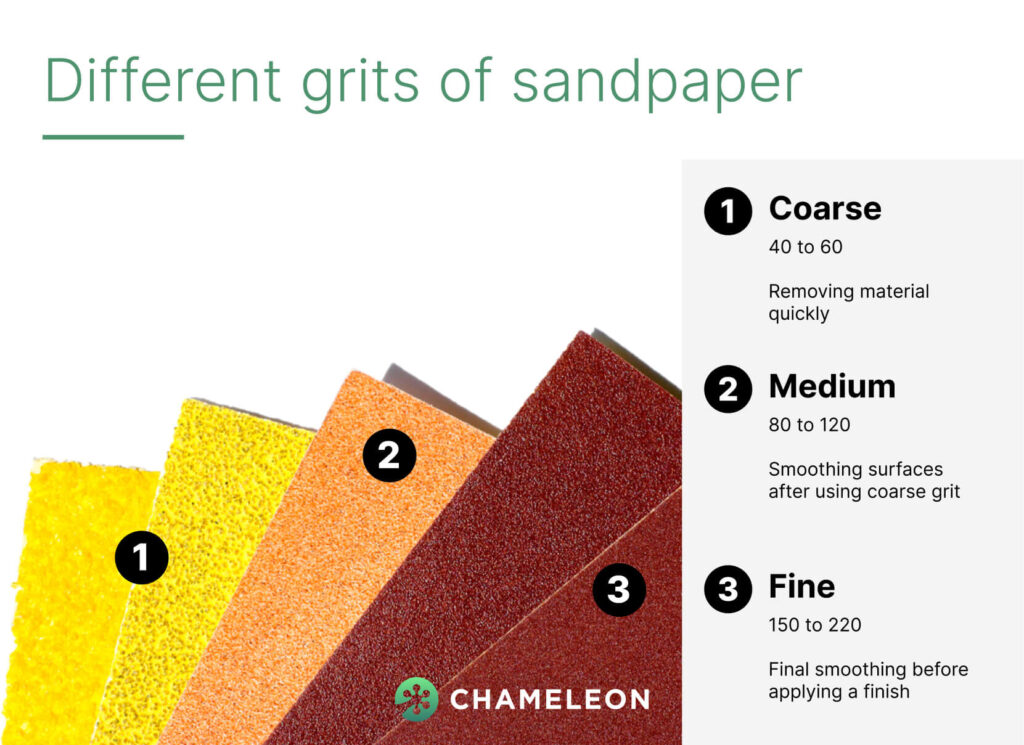
If you’re new to woodworking, 60, 80, 120 and 240 grit are all you really need. You can get a lot done with these grits.
Composition: Not all sandpapers are created equal. The most affordable option is typically made from aluminium oxide, which offers decent performance. However, superior alternatives exist. Mesh sandpaper, for instance, is less prone to clogging and has a longer lifespan compared to its cheaper counterparts. Another option is Festool sandpaper, which, while still made from aluminium oxide, is hardened and comes with a ceramic coating. This makes it significantly more durable than the budget-friendly versions. If you frequently engage in sanding tasks, it’s worth investing in this higher-quality sandpaper.
Size: The two sanders mentioned earlier both have a 150mm base. However, other random orbital sander models come with 125mm bases. The sizes for belt sanders and sheet sanders can vary considerably. Fortunately, most manufacturers indicate the compatible belts, sheets, and sanding discs for their sanders directly on the machine’s label.
If you wish to delve deeper into the topic of sandpaper and discover the best options for wood and paint removal, we have a dedicated article specifically on sandpaper.
Handgrips: The way you hold a sander is actually extremely important. You need to have a tight grip on a sander, but you also need to be comfortable. The sanders above both have an angle grinder-type handle that attaches to the side of the machine, which is excellent for longer sanding sessions.
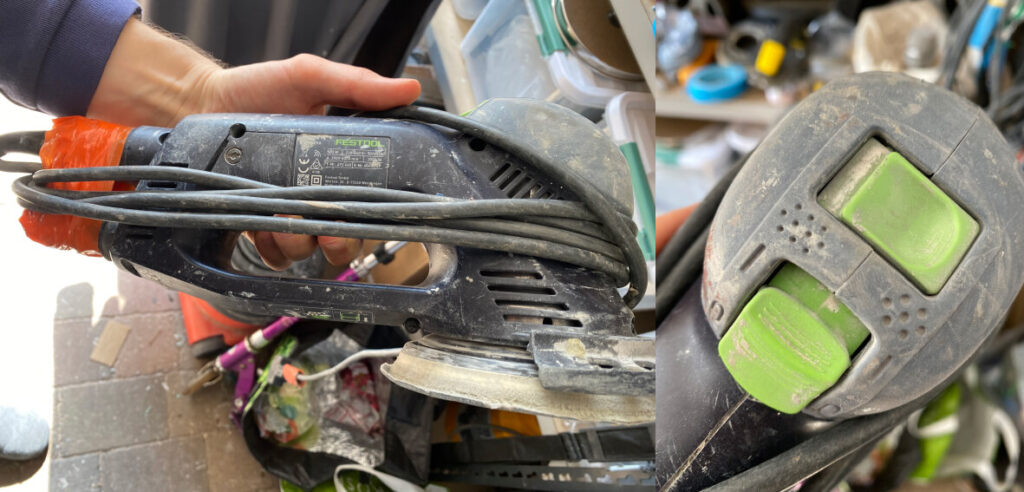
Dust Collection: Sanders produces a lot of dust, so dust collection is vital for these machines.
If you do lots of sanding, consider investing in a vacuum designed for dust collection.
Festool does superb vacuums for this very purpose, but other brands make them too.
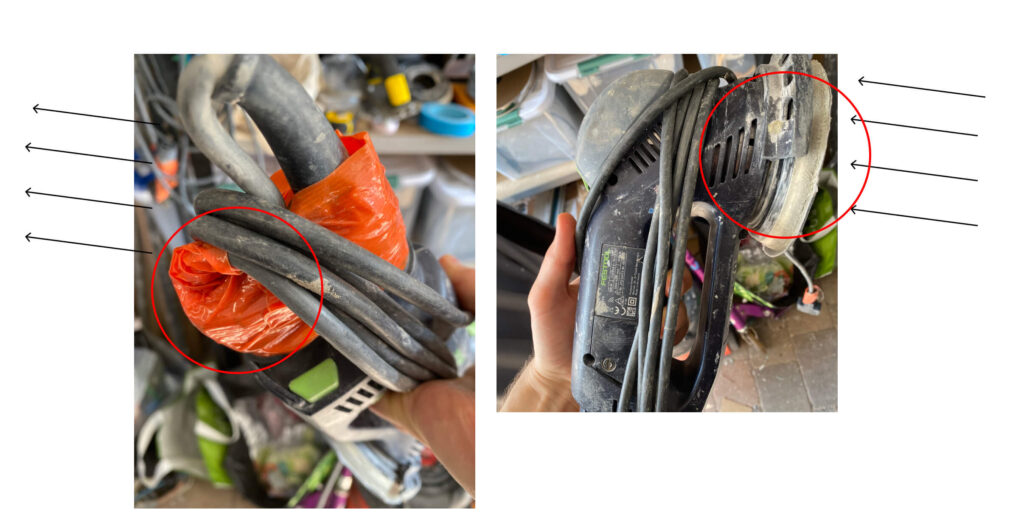
Speed: Many sanders have variable speed controls that can be set for different sanding tasks. The higher the number, the more sanding power the sander will have.

Trigger Locks: Most random orbital and sheet sanders have on and off buttons. However, belt sanders and orbital sanders also have trigger locks that keep the sander running without you needing to depress the button.
This saves your finger from the constant pressure needed to run the sander, a huge benefit during long wooden window sanding sessions.
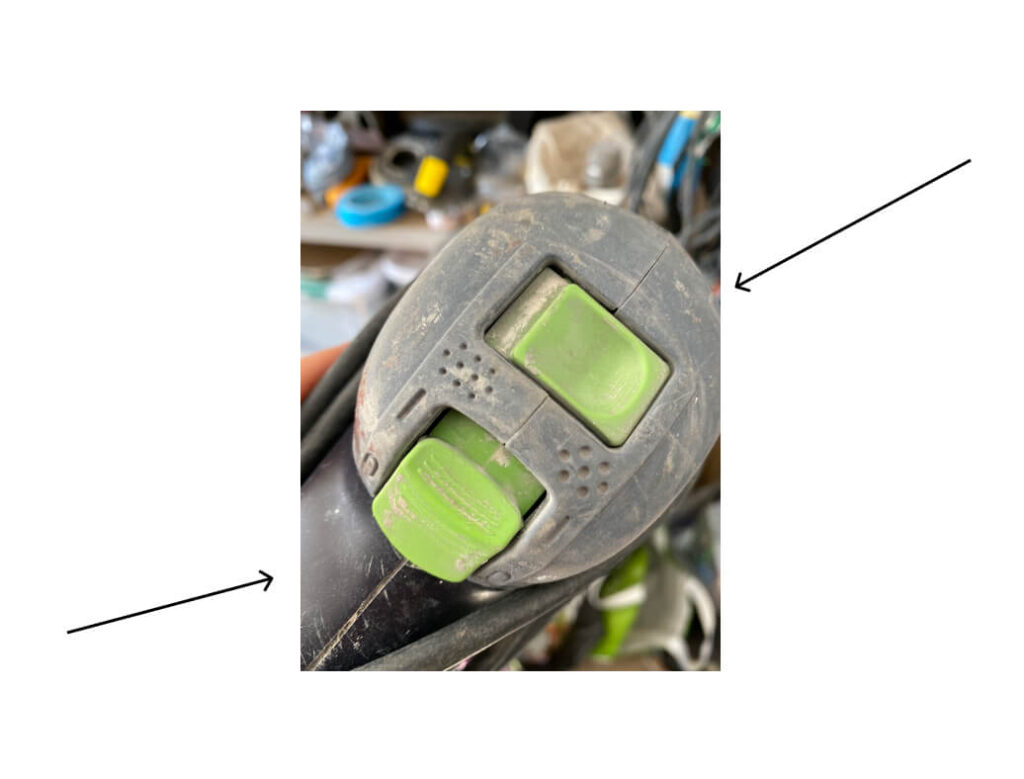
This greatly depends on the type of sanding you are doing. However, random orbital sanders are a great place for a DIYer or hobbyist woodworker to start. They can remove paint, stains and varnish and be used for finish sanding. So, they are a good general-purpose sander for most tasks.
A belt sander is used for heavy stock removal. You can also use these sanders to flatten wood in a pinch. They are very aggressive sanders, so they can remove varnish and paint quickly and keep things nice and flat.
To remove paint from skirting, a rough grit should be used. Something like a 60 or 80 grit is good here. Make sure you put a dust sheet down before you start, and be careful that you don’t hit the floor with the sander as you could damage your carpet or wooden flooring. Take it slowly and ensure you have a smooth surface before you begin painting your skirting. Before you paint, vacuum any sanding dust left on the skirting board to ensure a good result.
When you are attaching sandpaper to a sander, you need to line up the holes on the sandpaper to the holes on the base of the sander. This ensures that any dust collection will work. The dust is sucked through those holes and into a bag or a vacuum attached to the sander. Most orbital sanders use a hook and loop system to secure the sandpaper, so a gentle press on the paper will secure it nicely.
Yes, you can. A belt sander or orbital sander is the best sanders to use. But a random orbital or sheet sander can be used if that’s all you have. In fact, you can even remove paint with hand sanding, but this will take a very long time.
An orbital sander moves in a circular motion, while a sheet sander moves back and forward in a vibrating motion. An orbital sander can remove more material because of the wide range of motion. Whereas a sheet sander can’t move as much material but doesn’t leave as many scratches on the surface, so they are great finishing. Sheet sanders mimick a handing technique for finer results. Orbital sanders plough through the material to get the job done quickly.